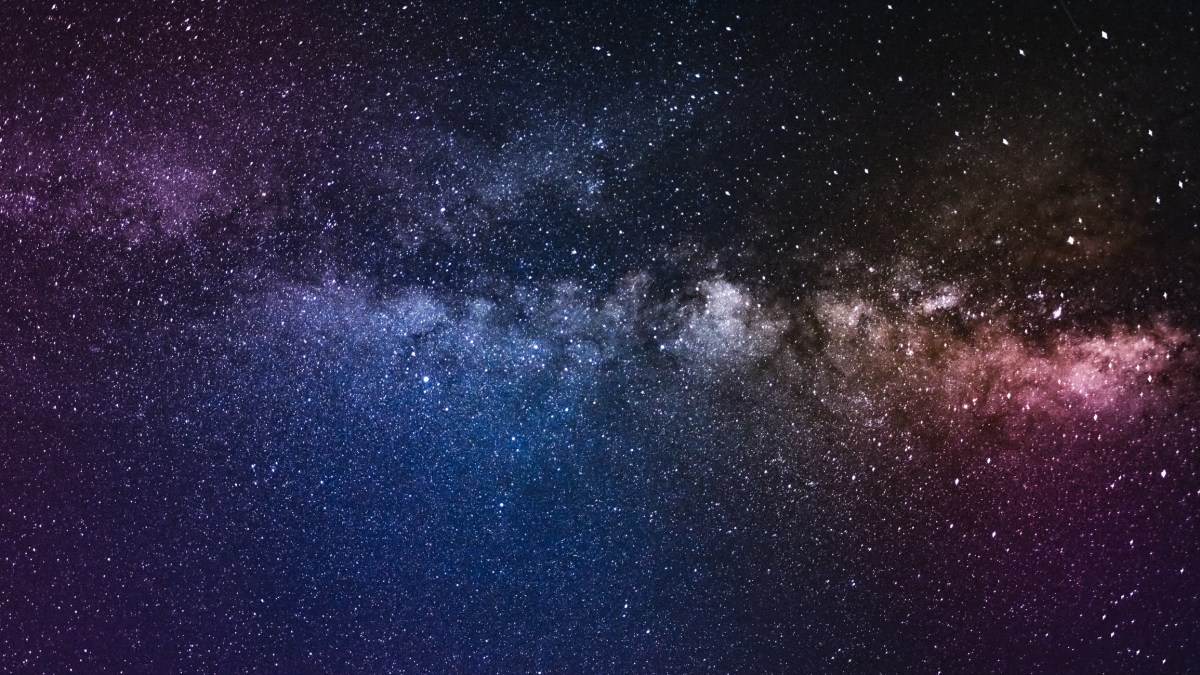It was 160 years ago today that Edmond Modeste Lescarbault strolled out to the stone barn near his home.
Lescarbault, a physician by trade, had just seen a patient and had some time to kill before the next one. Also an amateur astronomer, Lescarbault decided to use the time by peering at the cosmos through a telescope he kept in the barn.
At some point Lescarbault trains his telescope on the Sun and sees something unusual: a round object appeared on the surface.
“He times it as it moves steadily across the sun, records the data, then another patient arrives, so he checks out that patient, then comes back to the barn,” author and historian Tom Levenson told National Geographic. “This round dot is still crossing the Sun. He tracks it continuously, taking notes on its path until it finally goes over the other edge of the Sun.”
Then, for a long time, Lescarbault did nothing. Until eventually he read about research being done on the planet Mercury by famed astronomer Urbain Joseph Le Verrier.
Verrier had published an astounding theory: a curious “wobble” in the orbit of Mercury, he believed, was likely caused by an as-of-yet-undiscovered planet circling the sun. The problem was, no one had ever observed this mystery planet.
What if Lescarbault had? The doctor sent a letter to Verrier telling him of his findings, and Verrier promptly made the trek out to the Lescarbault’s village and his stone barn.
It wasn’t exactly a pristine lab.
When Verrier “went to pay a visit to the astronomical doctor, to see his calculations and his apparatus, he was astonished to find that the former were made on a pine board with a piece of charcoal,” The New York Times reported months later.
But after seeing Lescarbault’s notes and speaking with him directly, Verrier was convinced that Lescarbault had in fact spotted a “new” planet. “It’s not clear who first named it, but it quickly became known as Vulcan.”
The idea wasn’t crazy. Verrier was famous at the time for having correctly predicted the existence of Neptune, based on the effect the planet’s gravitational pull had on Uranus. This appeared to be another case of the math just being ahead of human observation.
Quickly “Vulcan-mania” swept the globe. For years amateur and professional astronomers alike trained their lenses upward, hoping to spot Vulcan. The Times reported that in 1876 that astronomers at the U.S. Naval Observatory were intently watching the Sun’s surface for another transit by Vulcan, but the planet never showed.
Still, several others claimed they had seen evidence of the planet, fueling worldwide speculation.
But Vulcan didn’t exist.
It would take decades, but the final blow to Vulcan’s reputation would come from none other than Albert Einstein.
“The core of [Einstein’s theory of] General Relativity is that space and time are not static, but dynamic and can change,” Levenson, who wrote a book about Vulcan, explains. “The way they change is by the presence and motion of matter and energy. A vast mass like the Sun creates curves in spacetime, which means that things don’t go straight. A ray of light passing close to the sun will travel a curving path.”
Mercury wasn’t wobbling because it was being pulled by another planet – it was wobbling because that was “the shortest path it can take through the curved spacetime created by that huge dent imposed by the mass of the Sun,” Levenson said.
Disproving Vulcan was actually critical to help proving Einstein’s own theories, and Levenson said that when he “solved” the mystery of Vulcan, Einstein couldn’t work for three days he was so excited.
In the early 1900s Einstein presented his findings and, in Levenson’s words, “destroyed” Vulcan once and for all.
Levenson says Vulcan served as a cautionary tale – what can happen when people want to believe.
“People kept discovering Vulcan because the way they saw the world required Vulcan to be there,” he said. “It took Albert Einstein to provide the framework in which Vulcan became not only non-existent, but unnecessary.”
This article was featured in the InsideHook newsletter. Sign up now.























